About this project
In September 2015, practical work in A-Level Physics stopped being assessed through examination – but was still a core part of the curriculum.
At the time we had been keeping a close eye on the support and resources available to teachers, and we thought that there was a gap. Although there were quite a few resources talking about how to do the assessed practicals, there wasn’t much to support teachers to think about WHY they should do the practical (beyond ‘it’s required’).
So we made a number of short films which we like to think of as ‘online CPD’ – a virtual prep room even – to start a discussion about what teachers might want students to get out of the practicals.
All of the films feature physics teacher Alom Shaha and build on the approach of Alom’s previous films about physics demonstrations , as well as the earlier Getting Practical project.
A number of the films were supported (financially and/or editorially) by The Ogden Trust, educational charity Physics Partners, and David Sang and NUSTEM would like to thank them for their support
The Practicals
Click through to each of these films for supporting notes and worksheets. We’ll continue adding to this list as we produce more films.
Previous Films – Physics Demonstrations
If you think the style of these films is somehow familiar, that’ll be because Alom’s previously made a whole raft of videos about practical demonstrations with film-maker Jonathan Sanderson, who’s currently working for… you guessed it, NUSTEM. Most of the films are collected at the National STEM Centre library, but some have appeared on YouTube.
The films are used by teachers and teacher trainers world-wide, and we love to hear your stories about how you’re putting them to use, tips and techniques you have to do the demonstrations better, and comments and criticisms for how the films could be more useful.
DEMO: The Movie
Alom and Jonathan also made a longer video essay about the use of demonstrations in the science classroom. Demo: The Movie has been particularly popular with PGCE course leaders for prompting discussion.
Leave a Reply
Want to join the discussion?Feel free to contribute!


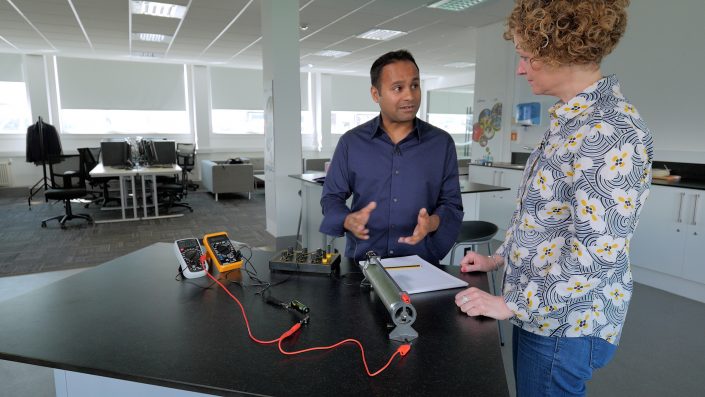
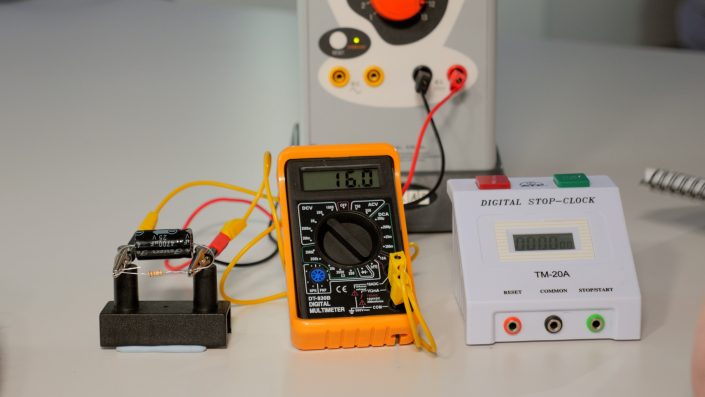
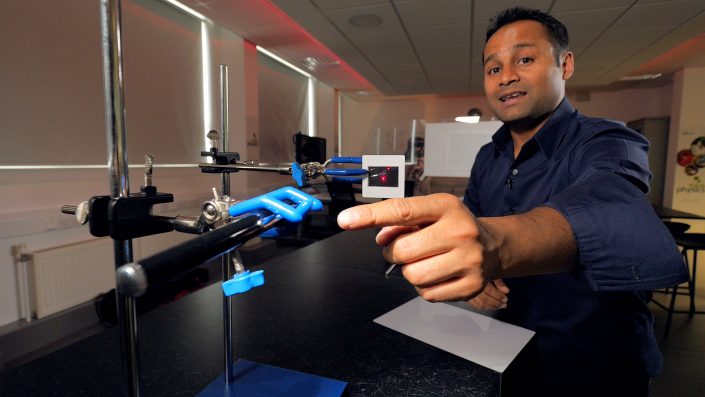


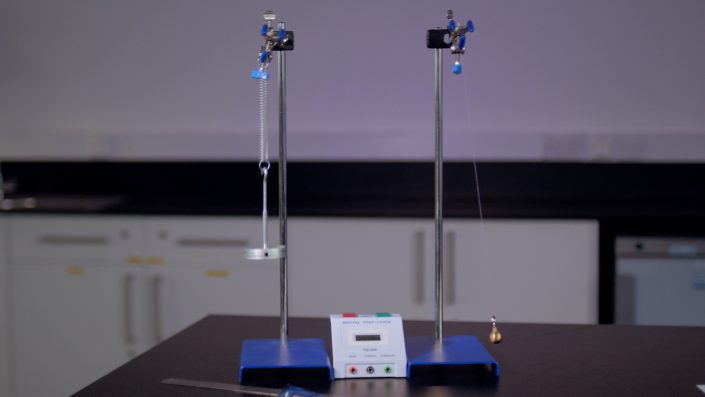
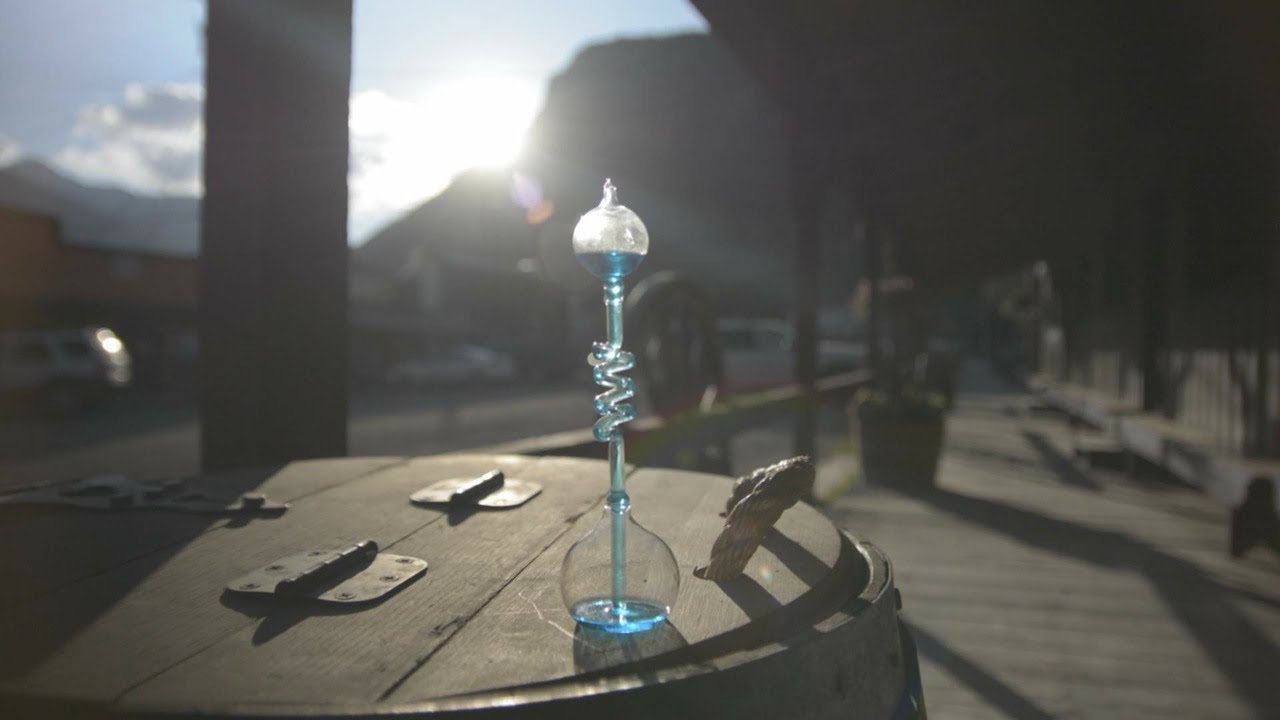

Love you guys, Really thanks for the Practical videos, they’re really helpful! Waiting for the next one.
Good to see alternative suggestions for using IT to support experimentation in the capacitor discharge activity.
Great stuff… will have to dig out my voltage data logger… great tips for different techniques and pracs to do with capacitor discharge … looking forward to seeing the supporting materia and more videosl too.
Just watched EMF and internal resistance; seeing as I suggested people think about their learning points on Twitter it would be hypocritical not to!
Really like the use of a mobile phone camera for ‘freezing’ rapidly changing data. You can use a similar approach to record data for a long practical eg thermometer readings over several hours as hot water cools. And I’m kicking myself for not using blu-tack in this kind of situation before.
The dialogue explaining the ‘why’ as well as the ‘how’ is very useful – for experienced as well as new teachers. The discussion about working out a mean using calculated value rather than initial data, for example, would start an interesting session with teachers or students about what the point of averages really is.
Really look forward to using and recommending these resources – thanks to the team for the work and supporters for funding it! One thought; if a ‘reflection template’ with prompt questions was provided, colleagues could add it to cpd files (to capture the thinking, not generate pointless paperwork!) and might even be happy to share with you for evidence. I’m thinking about CSciTeach and CPhys accreditation. Of course, they might just blog it…
Hi Alom,
With regard to your big foil capacitor, I am concerned that it is still potentially dangerous at 900 V, even if the power supply is switched off. Perhaps your power supply has a self discharging resistor, but some don’t. Maybe we could estimate the energy stored using the equation for a parallel plate capacitor and compare this with energy for (de)fibrillation.
As always, your explanation was clear and well received.
Awesome guys. Thanks a lot
Just put some more resources like student worksheet to note data and instructions mentioned what to do